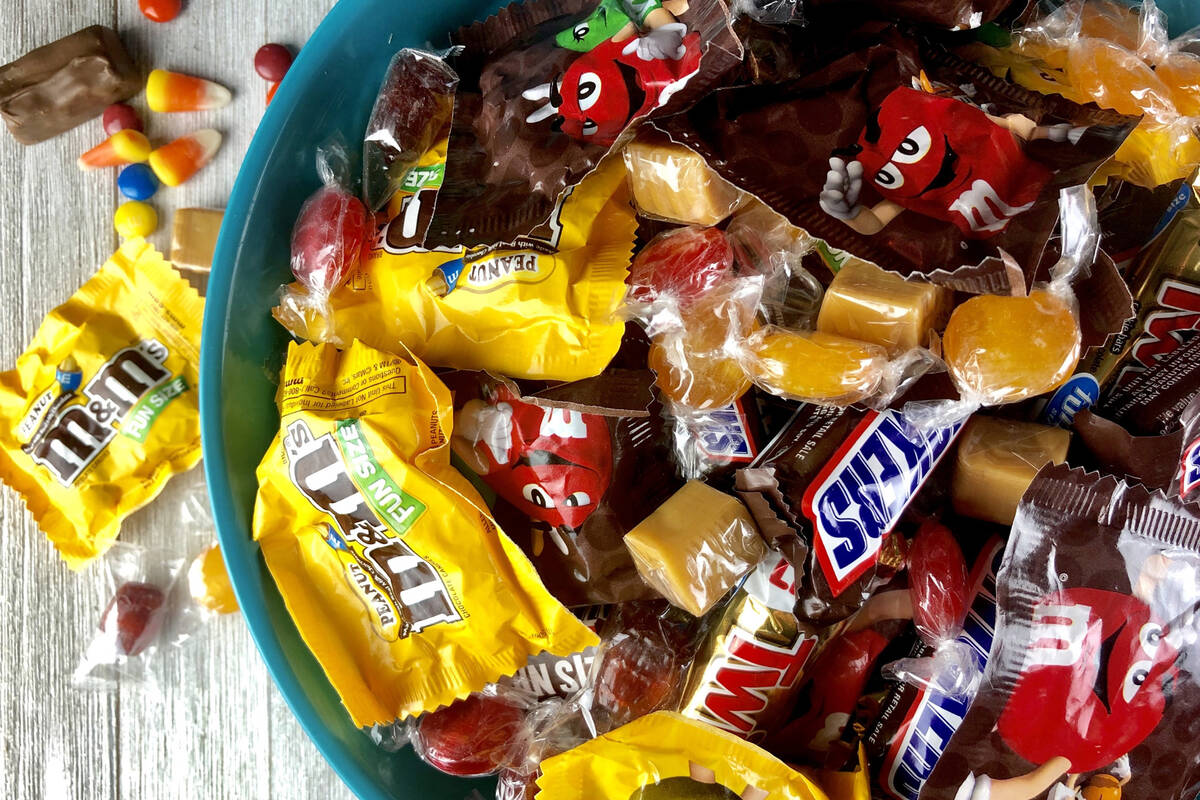Why kids love sweets, and how to moderate their sugar consumption
My 9-year-old grandson recently told me the bits of spinach in my tortellini soup were his “worst nightmare.” A bit overdramatic, don’t you think?
This same kid has no problem downing any sweet treat that comes his way, however.
Why do kids have such a strong preference for sweets? We are born with it, experts say. It’s this initial taste for sugar that may drive us to seek our first food. Human milk is high in the natural sugar lactose — an easily digested source of energy that also promotes the growth of beneficial bacteria in an infant’s gut, according to a 2019 consensus article on lactose in the journal Nutrients.
American children aren’t the only ones who love sweets. A 2021 article in the Journal of Sensory Studies states that a child’s “heightened preference for sweetness is universal across cultures.”
Granted, these kids are growing fast and need extra calories. Nutritionally, though, the amount of sugar that most kids consume has clearly crossed the line. Starting at age 2, kids and adults alike should get no more than 10 percent of our daily calories from sugar, according to the current dietary guidelines for Americans. They are currently well above that limit.
A “moderate” intake of added sugar for my active 9-year-old grandson, for example, is no more than about 160 calories from sweets each day. That computes to about a quarter cup of Skittles … and in the place of more nutritious foods.
How do we do that without being overly restrictive, which can often backfire into worse habits? A 2020 research article in Obesity Science & Practice found some strategies that may help.
This family-based study reported that when moderate amounts of candy were made available in the home and children were also taught to “savor the flavor” and be more mindful about eating these foods, the kids actually ate less of them. Oh, and parents also had to stop using candy as a reward.
Mindful eating takes time, and that’s the point. Try this when kids come in ready to devour a bag of Halloween candy: Take one piece. Slowly upwrap it. Smell it. Suck on it for 10 seconds, or take a small bite and enjoy the taste. Eat it slowly and think about how yummy each bite tastes.
Kids need to experience a wide variety of foods (even spinach) in their formative years. Not to put on the pressure, but experts say our adult preferences are shaped by the experiences we had as children.
As my grandfather used to say, too much of anything, including Halloween candy, is not good for you. Our goal, then, is to help our kids develop a healthy respect for food and to learn to eat goodies in moderation.
Barbara Intermill is a registered dietitian nutritionist and syndicated columnist. Email her at barbara@quinnessentialnutrition.com.












